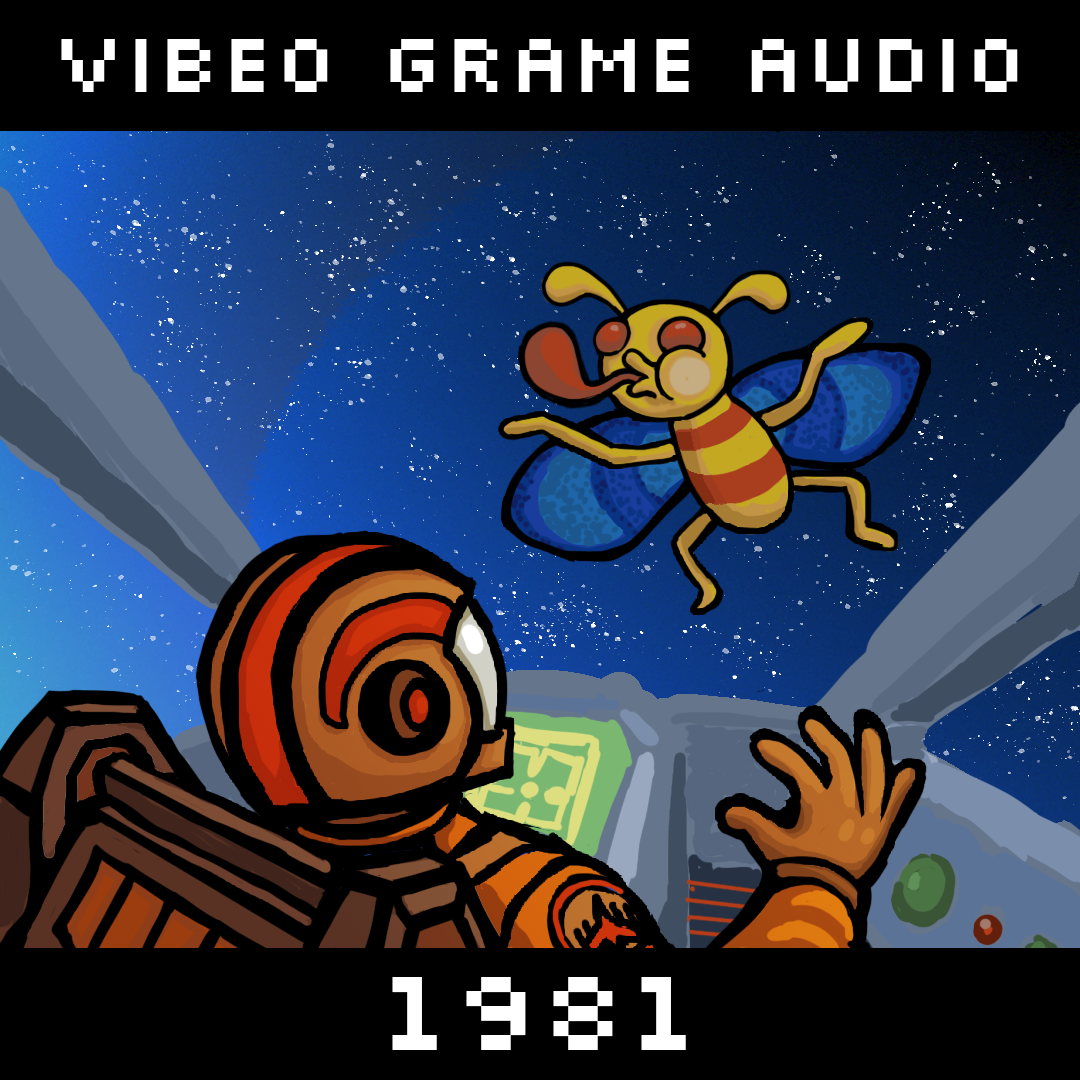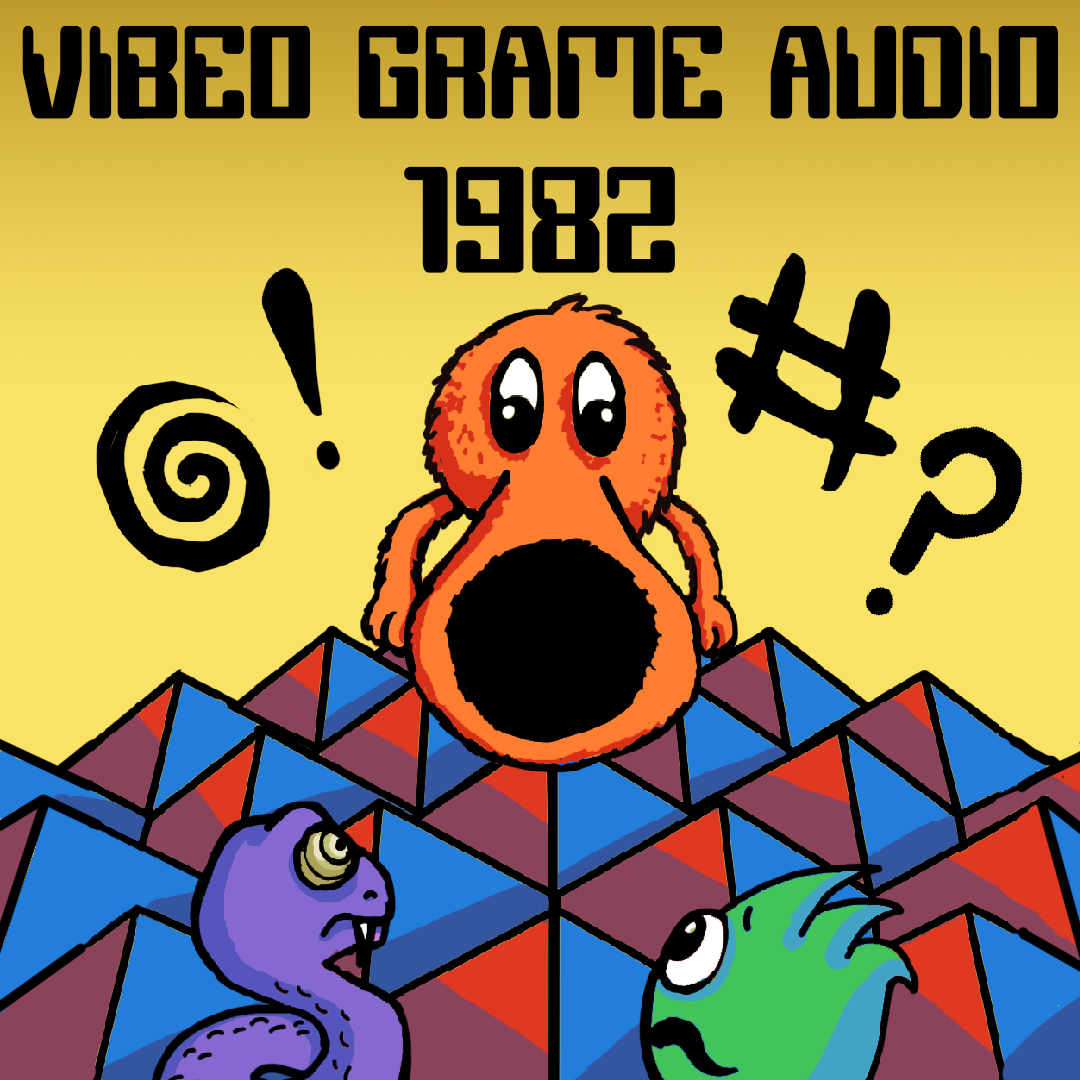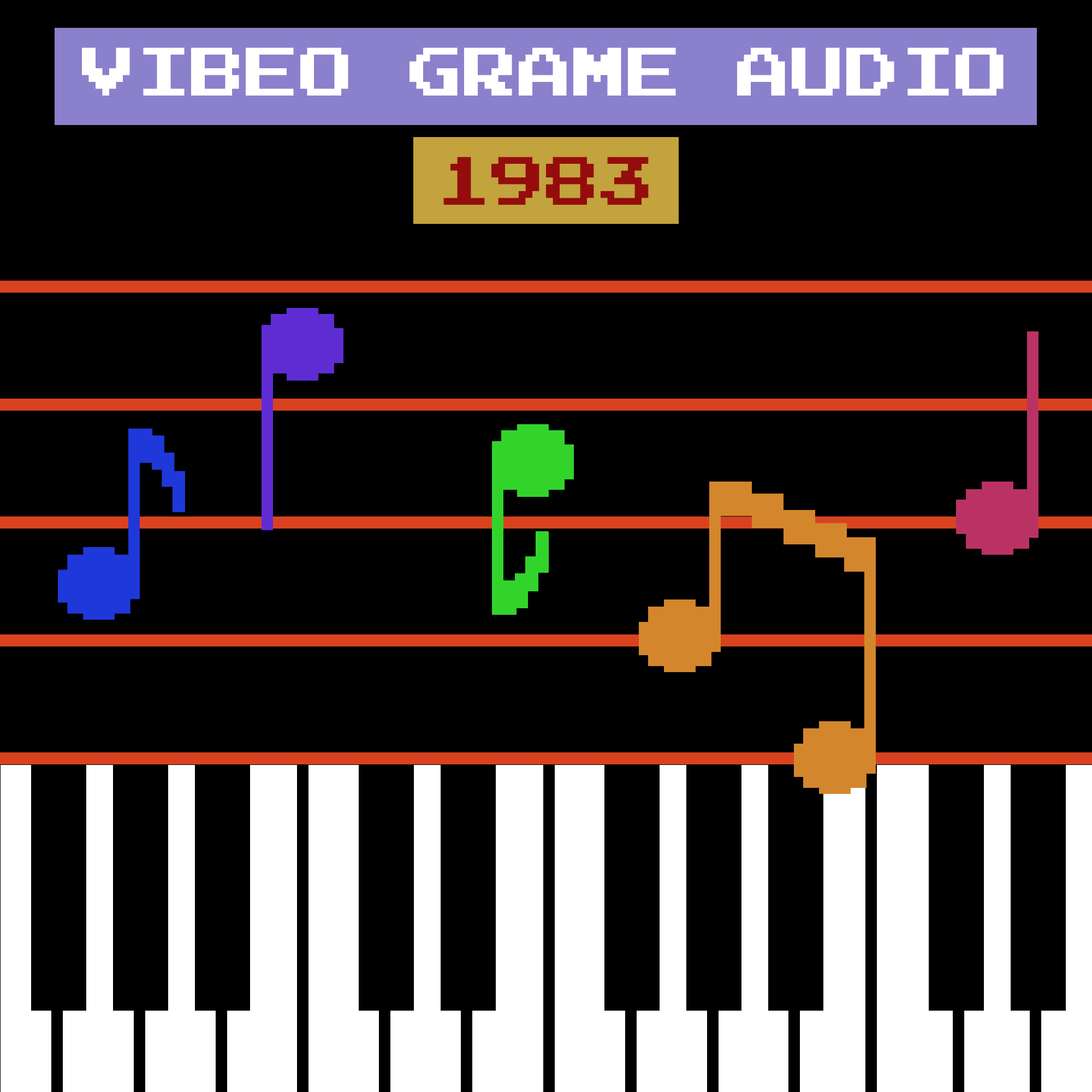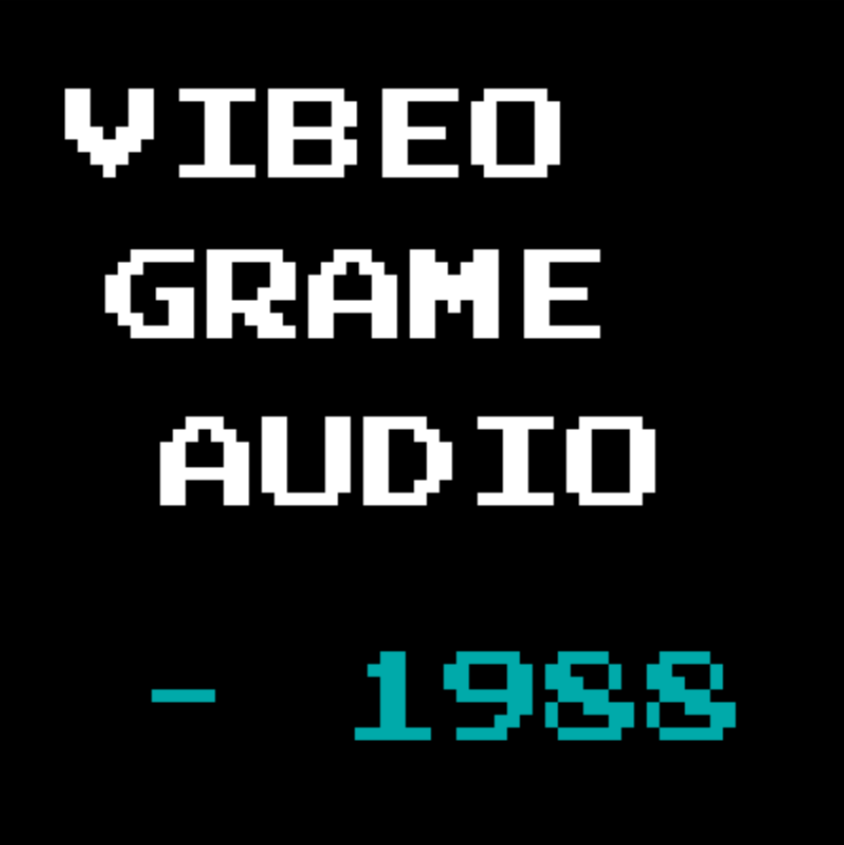Image created by David Matlock
Listen up naughty children, it’s time to talk about Nintendo. There’s a reason that the word “Nintendo” became synonymous with “Video Games.” Millennials and younger folk often grew up with the impression that games sprung fully formed from the ground with Super Mario Bros., so dominant was this company in the 80s and how thoroughly they buried their competition.
Let’s return to the great Video Game Crash of 1983, which decimated the console market in the U.S. Too many consoles with too many games, many of which were poor in quality, made consumers lose faith in the industry. Meanwhile, over in Japan, Nintendo had just released the Famicom, their third-generation console, but it hadn’t yet come over to the West. The sorry state of the U.S. console market wasn’t the only reason, but it was one of them. To appeal better over here, in 1985 Nintendo created a newer version of the Famicom called the “Nintendo Entertainment System” (NES), whose very name distanced itself from the terms “console” or “video games.” After a limited testing period over here in the U.S., the NES received a full release at the end of 1985.
It certainly helped that Nintendo’s lineup of games was miles better than any other console at the time. Over its long shelf life, the NES saw the births of iconic franchises such as Mario, Zelda, Metroid, Final Fantasy, Dragon Quest, Castlevania, Mega Man, and more. But what really locked up the market for Nintendo was their extremely strict quality control. In order for a developer to get a game on the NES, they had to pay a big fee and a hefty portion of their profit, they had to develop it only for the NES, and then they had to order a very high minimum number of cartridges. Many developers didn’t like these terms and it led to a lot of companies jumping ship for their competitors, but ultimately Nintendo wouldn’t be ousted from the #1 spot until the mid-90s. These marketing decisions were ruthless and monopolistic, but they did do one thing right - they cleaned up the console market, rescuing video games from the fate of being just a passing fad.
There, that’s the gist of it, and nothing was oversimplified or omitted at all. Anyway, you’re going to notice that half of this list is NES games. Sorry. I try to diversify the lists, really I do. But the NES had a strangehold on the market for years. Most popular console games were theirs. And you know what, they also had the best games and the best music. For now.
1986 also happens to be a very strong year for landmark soundtracks. I am aware any of the top four on this list have a good argument for being the number one. If you disagree, remember we are strangers, so please don’t waste your short life getting mad at me on the internet. On to the list.
#10. Bubble Bobble
Composer: Tadashi Kimijima
Platform: Arcades
There’s something to be said for ear worms. It’s the main reason - maybe even the only reason - Bubble Bobble manages to squeak onto the bottom of this list. I don’t really have much else to say about it. The main tune is infectious. Sometimes that is all you need.
Watch a playthrough of Bubble Bobble
Listen to the Bubble Bobble OST
#9. Arkanoid
Composer: Hisayoshi Ogura
Platform: Arcades
Arkanoid has a narrative and does not have level music. Usually it’s the other way around. Nothing wrong with that. When I looked into it, I said “huh.” And that’s about all. Over the course of a couple of years, it’s gone from a shocking accomplishment to fill a game with music to a plain shock when the music is left out.
In lieu of BGM, Arkanoid gives us compelling and high quality sound effects. It’s also one of the earliest games to use reverb and echo effects. Nowadays we have programs to easily and automatically generate realistic reverb/echo, but to do that with old-fashioned chiptunes you had to expand sound effects over multiple channels, manually adjusting the time offset and volumes.
#8. Ikari Warriors
Composer: only credited as “O.” Real name unknown.
Platform: Arcades
If you’re thinking “hey, this game looks a little bit like Commando,” then you’re not the only one. Ikari Warriors is very much a Commando clone, but with all the dials cranked up. The graphics are a shade more complex. The gameplay has more depth. The men have removed their shirts.
The percussion really sells this soundtrack, and it’s only possible because of FM synthesis. Chiptune music often struggled when it came to the drums. Most machines only had white noise channels for unpitched percussion, and white noise never quite packed the punch needed for the kind of drumming that games like Ikari Warriors demanded. FM synthesis gave games the ability to make percussion quintessentially 80s, even though it’s still far from realistic.
Too bad we don’t know who wrote it. The closest we get is that there is someone credited with writing the music under the pseudonym “O,” but that could be anyone at SNK at that time. If you ever find out the composer, let me know.
Watch a playthrough of Ikari Warriors
Listen to the Ikari Warriors OST
#7. Alex Kidd in Miracle World
Composer: Tokuhiko Uwabo
Platform: Console (Sega Master System)
Alex Kidd is Sega’s answer to Mario. Well, Alex Kidd was the answer, until Sonic came along in 1990. Anyway, the Master System, Sega’s third-gen console, never had near Nintendo’s market share at the time. But they saw the popularity of mascot platformers and knew if they had any hope of competing, they’d need one of their own.
Miracle World is a mixed bag for me. There are parts of this game which are genuinely innovative, such as the opening level’s vertically scrolling descent (most games at the time only moved left to right). Then there are parts which are baffling, to the point I wonder what the devs were even thinking. Why are boss battles all a game of rock-paper-scissors?
The soundtrack is similarly flawed. I genuinely cannot tell if the most interesting and inventive writing choices were deliberate genius or happy accidents. That’s because the same weirdness present in the good tracks is also what causes some of the others to be just plain... off. For instance, the underwater track’s A section is great, but then in the B section, the melody doubles itself in octaves and happens to also be the bass note, which takes out not only all the harmony but all the momentum of the piece. Why? Was that on purpose? But clearly Uwabo knows something about composing, because the rest of the track is fine, great even. It’s all so confusing.
Watch a playthrough of Alex Kidd in Miracle World
Listen to the Alex Kidd OST
#6. Kid Icarus
Composer: Hirokazu Tanaka
Platform: Console (NES)
Welcome to the NES block, where the games are all NES all the time. Get used to it. The stranglehold over the market meant the best console games were Nintendo’s. And with that dominance, a group of Japanese composers ended up with free reign to create the conventions of video game music that we would all be following years later. We’ve already seen how Yuriko Keino and Koji Kondo got their start. Now it’s time for Hirokazu Tanaka. Again. This guy is going to show up a lot.
Last time he was on this list it was for Balloon Fight, and while it’s a delightful little soundtrack it didn’t properly show off his more offbeat writing style. Kid Icarus might be the first time we get to hear Tanaka letting loose. It’s glorious. And if you’ve heard anything from this soundtrack, it’s probably the theme to the first level. How else can I describe this style of music except to say it’s, you know, like a video game?
I think it’s important to say so in those words. When music “sounds like a video game,” there are two ways to understand that. The first is as a by-product of the hardware, as if the composers were trying to sound like “real music” but were stuck with virtual instruments. This is usually what people mean, or least that’s what they meant when they said that to me when I was a kid. The best video game music, they would say, is but a pale imitation of the real thing. But the second way to understand “sounds like a video game” is to hear the compositional style as its own unique art, a sound that is like itself. It’s the difference between playing a piano melody on a violin, and writing a tune specifically for the violin in the first place. Tanaka wrote this music for the NES, with all its quirks.
Watch a playthrough of Kid Icarus
Listen to the Kid Icarus OST
#5. Castlevania
Composer: Kinuyo Yamashita
Platform: Console (NES)
I feel a little bad about how low on the list I’ve put Castlevania. Any retro gaming enthusiasts reading this know as well as I do that Castlevania is a landmark title for the NES, and that the soundtrack kicks ass. But when it came time to kick that ass, Castlevania showed up in 1986 to find most of the asses were already kicked. In other words, 1986 is a strong year, people. There was no way it could go any higher.
Eventually the music for the Castlevania series settled into something more gothic and campy, but at first it was just 80s action chiptune music. Sometimes this works and other times it sounds a bit out of place with the setting. Even so, it’s a well put together soundtrack, and even more impressive when you consider the composer - Kinuyo Yamashita - was only twenty when she wrote it. I would have liked to hear what she would have written had she been allowed to compose for the sequels. Supposedly she wanted to, but she was replaced for Castlevania II. She still wrote for games, but not for the Castlevania games until 2010, which was her last title in the series... so far.
Watch a playthrough of Castlevania
Listen to the Castlevania OST
#4. The Legend of Zelda
Composer: Koji Kondo
Platform: Console (NES)
Koji Kondo just can’t stop making good music. Like Super Mario Bros. before it, the Legend of Zelda has an enormous legacy. There’s a lot I could say about how TLoZ changed gaming, but I’ll stick with the music for now. I want to shout out a few tracks in particular:
Let’s start with the main theme, present both at the title and on the overworld. The style is at this point unusual but not altogether unheard of in video games, being something of a spiritual successor to the Tower of Druaga’s soundtrack. There are plenty of really neat elements to this theme, but a favorite of mine is one chord progression that involves moving from bII to i. In this key, Bb, that means a motion from a B major chord to a Bb minor one. Without sheet music, it’s hard to tell you the exact spot. It should be right at the 13 second mark on this video. What’s so important about this chord progression? Nothing. I just like it that much and not enough people use it.
There’s also the dungeon theme, which, like other Kondo works, is asymmetrical in its structure. It’s composed of three chromatically descending phrases and ends with a rising arpeggio to get us back to the original key. But that arpeggio goes on just a little too long, with a hair too many beats, breaking up the rhythm and keeping the music unpredictable and unsettling.
However, the most famous tunes from this game are the stingers. Take the call of the fairy’s flute. Immediately recognizable if you hear it anywhere, easy to hum and remember, and so classic that Kondo re-used it as the Warp Whistle’s jingle in Super Mario Bros. 3 a couple years later. How about the sound of opening a treasure box? It’s just a set of rising dominant seventh chords, and yet it feels so totally appropriate to the event that it’s a wonder no one else thought of it first. And who can forget the classic “Secret” sound? Even if you’re not a Zelda fan you’ve probably heard this. It sounds like a nearly-random set of pitches, something you would struggle to replicate on a piano, yet it all works together so well that you know it when you hear it - and somehow, when it’s not perfectly replicated, you can tell, even if you don’t have the best ear.
You can tell from the sheer amount of text I’ve thrown out here that this is my favorite soundtrack from the year. And I do love it so. But despite all that it did for the video game audio world, I have to admit that there are three games that did more, so Zelda tops out at #4. Please don’t kill me.
Watch a (long) playthrough of the Legend of Zelda
Listen to the Legend of Zelda OST
#3. Dragon Quest
Composer: Koichi Sugiyama
Platform: Console (NES)
For us out here in the West (white people), we often think of Final Fantasy as the big series that defined the JRPG. But it turns out there was another one that came first, one that created the genre, one that was more popular: Dragon Quest (Dragon Warrior in the West)! So many of the conventions of the JRPG came directly from this series, which really was taking notes from Ultima, which was taking notes from Dungeons and Dragons, which also inspired Final Fantasy, so the whole division of “Western” and “Japanese” RPGs is flawed. Here we are. Everything is a remix. Art is a lie.
Compared against today’s RPGs, Dragon Quest’s soundtrack is short and rather samey. But for its time is was a major step forward, as close to film scoring as you were going to get in a video game. Koichi Sugiyama’s style blends a healthy portion of classical and modern, from simple tuneful melodies to atonal abience. A personal favorite of mine is the Battle Theme, which manages to seamlessly move from the starting key of F minor to a G minor, so seamlessly that I didn’t even notice on my first listen.
As much as I like to shout out when young composers get their chance to shine, let’s not forget the old guys. Sugiyama was in his 50s when he wrote the music for Dragon Quest, which was also the first ever video game soundtrack he composed. If there’s any lesson to be learned, it’s to say that there is never “too late” or “too early” to get started. Sugiyama’s decades of prior experience definitely helped make this one of the more mature and advanced soundtracks of the entire decade. He also made use of the NES’s unique audio capabilities in a way no one else really did, meaning that the DQ soundtracks are all recognizably Sugiyama. (It’s unfortunate that he was apparently, uh, let’s just say “problematic” in person. Can’t win ‘em all.)
#2. Metroid
Composer: Hirokazu Tanaka
Platform: Console (NES)
That’s right, I’m putting Tanaka on this list twice in 1986, and there’s nothing any of you can do about it.
Metroid is another absolutely iconic game from the NES, and single-handedly spawned the Metroidvania genre. (Before you come to tell me that the name “Metroidvania” comes from Metroid and Castlevania, know that the latter series did not incorporate elements of the genre for a long time. Metroid is the sole originator.) Its music was also groundbreaking for the inclusion of ambience, especially notable because the NES did not have audio capabilities which were friendly to ambient music. It’s pretty gutsy to try this using only two pulse waves, one triangle wave, and a white noise generator.
Despite these limitations, we got tracks like “Chozos,” “Tourian,” and “Mother Brain,” all of which attempt to emulate ambient noise using only those sound channels. Metroid’s soundtrack was years ahead of its time. It won’t be until the 90s before ambience in games becomes even remotely commonplace. I’d go so far as to say that this soundtrack kickstarted ambient music in games, even though it was not the first ambient soundtrack. Laserdisc games technically started it. But Laserdisc kind of fizzled out, didn’t have a lasting cultural impact, and didn’t have any obvious legacy in the form of imitators. No one was looking to them to iterate on, but people were looking at the NES and at Metroid. Therefore, Metroid gets the gold medal. I have spoken.
#1. Out Run
Composer: Hiroshi Kawaguchi
Platform: Arcades
1986 is a strong year for Nintendo, and for a while it looked like they were gonna sweep this list, but then one challenger appeared and topped them all: Out Run. For the first time, a game’s soundtrack was designed specifically for the pleasure of listening to it.
These days racing or driving games tend to focus on closed circuits or discrete tracks, where the race is complete once you cross the finish line. Classic arcade driving games have a different loop. While you drive the track, a timer counts down, and you can keep going as long as you have time left. Passing checkpoints increases this timer, so the better you are at the game the longer you play - and the worse you are, the more money you spend to keep playing. This can be rather stressful for players, especially the mediocre ones. So while Out Run has a similar loop, it manages to avoid the hectic atmosphere of other games by employing relaxing and interesting music to listen to.
There are four tunes to choose from. Sure, four isn’t an objectively large number, but these are full-length tracks, so just these four alone is almost as much music as the Legend of Zelda and Metroid soundtracks combined. They also use FM synthesis and a large number of sound channels, far more advanced than anything a console could pull off until the 90s. And then you just... drive and listen to the music. Out Run certainly isn’t the first ever game with a soundtrack that’s fun to listen to. However, there’s something about its music which feels like it was designed simply for the joy of listening, rather than that joy being a byproduct of the composer’s skill. In a way it’s a precursor to the soundtracks of games like Tony Hawk’s Pro Skater or Grand Theft Auto. It’s a game about vibing, simulating the feeling of listening to your car radio while out for a drive.






























